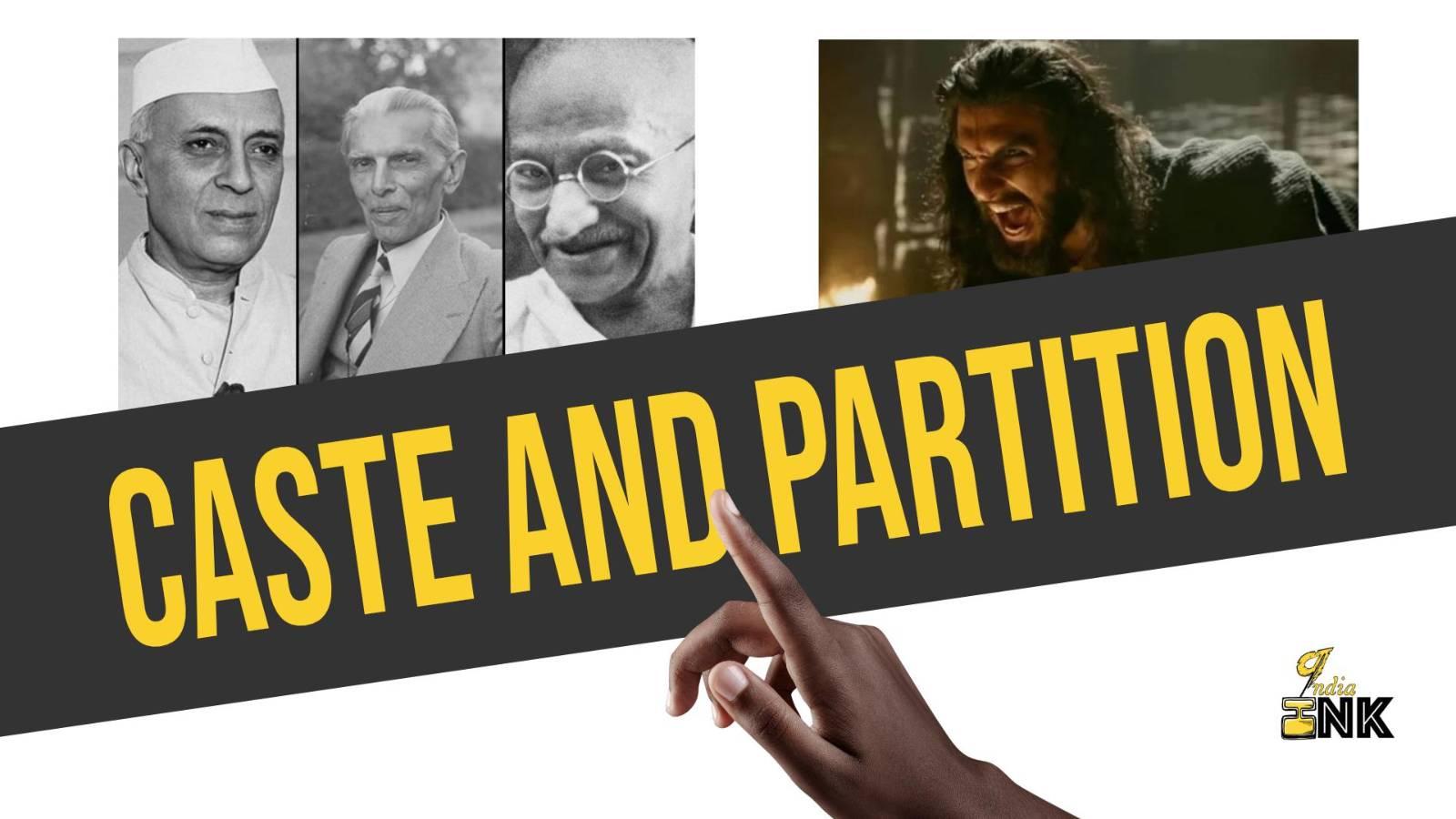Aanchal Malhotra is the author of two books on the Partition of 1947. In her first work, The Remnants of a Separation, she has interviewed Partition survivors by means of material objects that the survivors brought with them during migration. Her second work, In the Language of Remembering, is an intergenerational work in which she interviews the second and third generations of people who have inherited memories of partition.
In the foreword to Aanchal Malhotra’s newly released book In the Language of Remembering, Anam Zakaria writes, “There is an urgency, a quest, a desire to document, to preserve, to archive the memory of partition. It is an urgency I share; it is an urgency many other South Asians share. The numbers of projects, archives, museums, and literary works on partition that have come to the fore over the last two decades are a testament to this.” The book, thus, promises to deliver an intergenerational account of the transference of the memory of partition and how memory can be used as a method to battle the “distorted, jingoistic, and censored state histories” as Anam Zakaria mentions.
in this extensive book which deals with variety in all other aspects, such as the range of emotions addressed in the book: Love, Grief, Returning, The Other, Migration, Memory, Material Memory, etc., there is a stark and deliberate absence of caste. The interviews that she takes are mostly of upper-class Hindus, Muslims, and Sikhs, who were privileged to migrate safely, even on planes and with servants.
Also read: Women In Colonised And Partitioned India: Resistance In Everyday Life

In my article, I want to challenge this claim and tease out the shortcomings in this book which nonetheless falls within the discourse of the popular history of partition.
In the Other Side of Silence, Urvashi Butalia makes a foray into the flaws of the popular history of partition and introduces the voice of the Other: women, children, and Scheduled Castes(who were back then called untouchables). She addresses the intersections of gender and caste, and interviews a Dalit woman, Maya, who offered her account of witnessing partition. In another work of Ravindar Kaur Since 1947: Partition Narratives among the Punjabi Migrants of Delhi, we encounter Sham Singh, a Dalit man living in the Harijan Colony of Lajpat Nagar and working as a peon in the Ministry of Rehabilitation, who offers his own testimony of partition.
Most of the interviews are neck-deep in privilege and offer their nostalgic accounts of grand homes back in their homeland. There is a romanticisation of partition through these upper-class characters whose grandchildren feel a forced nostalgia to reunite with their ancestral homes.
These two interviews are the symbols of discord in the popular history of partition. In the imagination of people, the popular history of partition has only one Other. It is an imagination that is on the same plane as the State’s archive, which dealt with the Partition of 1947 in terms of Self and the Other. Thus, through popular media and culture, the only Other that Indians have inherited are Pakistanis. This is the main premise of the chapter of “The Other” in Aanchal Malhotra’s new release, In The Language of Remembering, which is selling like hot cakes in bookstores.

It is true that in these times of highly charged political atmosphere, Malhotra’s work would be called radical in its making. In a sense that she narrates the interviews from both sides of the border with an objective sensitivity and advocates a high degree of tolerance. She confesses that she has been branded as a “Pakistani” and has been told to “Go Back to Pakistan,” owing to the work she is doing in bringing a humane narrative of people from Pakistan and insisting more on similarities than differences. She writes, “But what had I done for anyone to doubt my Indianness this way? I had written about Pakistan with an open and compassionate heart; I had depicted Pakistanis the way they are, which is culturally and linguistically not very different from the way of north Indians; I had longed for the cities of my grandparents’ birth; I had made meaningful connections with Pakistanis, in the same way, I would with anybody one spends a certain amount of time with me.”
In the imagination of people, the popular history of partition has only one Other. It is an imagination that is on the same plane as the State’s archive, which dealt with the Partition of 1947 in terms of Self and the Other. Thus, through popular media and culture, the only Other that Indians have inherited are Pakistanis.
In The Language of Remembering is a work of more than 700 pages. The form of oral historiography invites a democratic selection of people from all religions, classes, and castes. Oral historiography can be a productive methodology for bringing in voices of the subaltern to the fore and offering the voices of people who have been silenced in this popular discourse of partition. It is a very intimate methodology that does not require extensive ethnographic effort and also gives us alternative histories and memories. The book is an opportunity that should be directed at the voices on which silences have been deliberately imposed.
There is an urgent need to address why and how intersectionality becomes a barrier in the popular imagination, and the silence is thus perpetuated and imposed upon by a refusal to address the caste-oppressed and minorities.
However, in this extensive book which deals with variety in all other aspects, such as the range of emotions addressed in the book: Love, Grief, Returning, The Other, Migration, Memory, Material Memory, etc., there is a stark and deliberate absence of caste. The interviews that she takes are mostly of upper-class Hindus, Muslims, and Sikhs, who were privileged to migrate safely, even on planes and with servants. Most of the interviews are neck-deep in privilege and offer their nostalgic accounts of grand homes back in their homeland. There is a romanticisation of partition through these upper-class characters whose grandchildren feel a forced nostalgia to reunite with their ancestral homes.
The methodology of her work can be used more productively, and it can form an excellent intersectional archive of inclusive and polyphonic voices. For instance, her work does incorporate the voices of women and how their mode of storytelling differs from men’s because their sphere was an intersection of political and domestic.
In the Language of Remembering is a work for the future and for the coming generations. The testimonies offer a viscerality of experience which touches the history of South Asia very closely. The after-effects of partition still reverberate around us in different forms, in which “The Other” are the minorities in India itself. There is an urgent need to address why and how intersectionality becomes a barrier in the popular imagination, and the silence is thus perpetuated and imposed upon by a refusal to address the caste-oppressed and minorities.
Arifa Banu is currently doing her Masters in English Literature at Jawaharlal Nehru University. She is a freelance writer, editor, and translator. She is an ardent book reviewer and loves to read and review books across all genres. She has written several research papers on Postcolonialism, Feminism, and Indian Literature. Her research interests are South Asian Literature, Posthumanism, and Dalit Literature. She can be found on Instagram.
Featured Image Source: aanchalmalhotra.com, HarperCollins Publishers India






There is a deliberate omission of the behaviour of mothers-in-law from feminist blogs, who treat their daughters-in-law like their property. She must have good social skills, she must dress well, she must wake up early, etc. To show the world they need an educated and modern bahu, but in the house she must be submissive and obedient. This affects sons too because no man wants his mother controlling his wife. Many times the bride’s mother wants to control her son-in-law and treat him like a dog. Can we have some articles telling mothers-in-law to stay within their limits and know their boundaries?
Reply